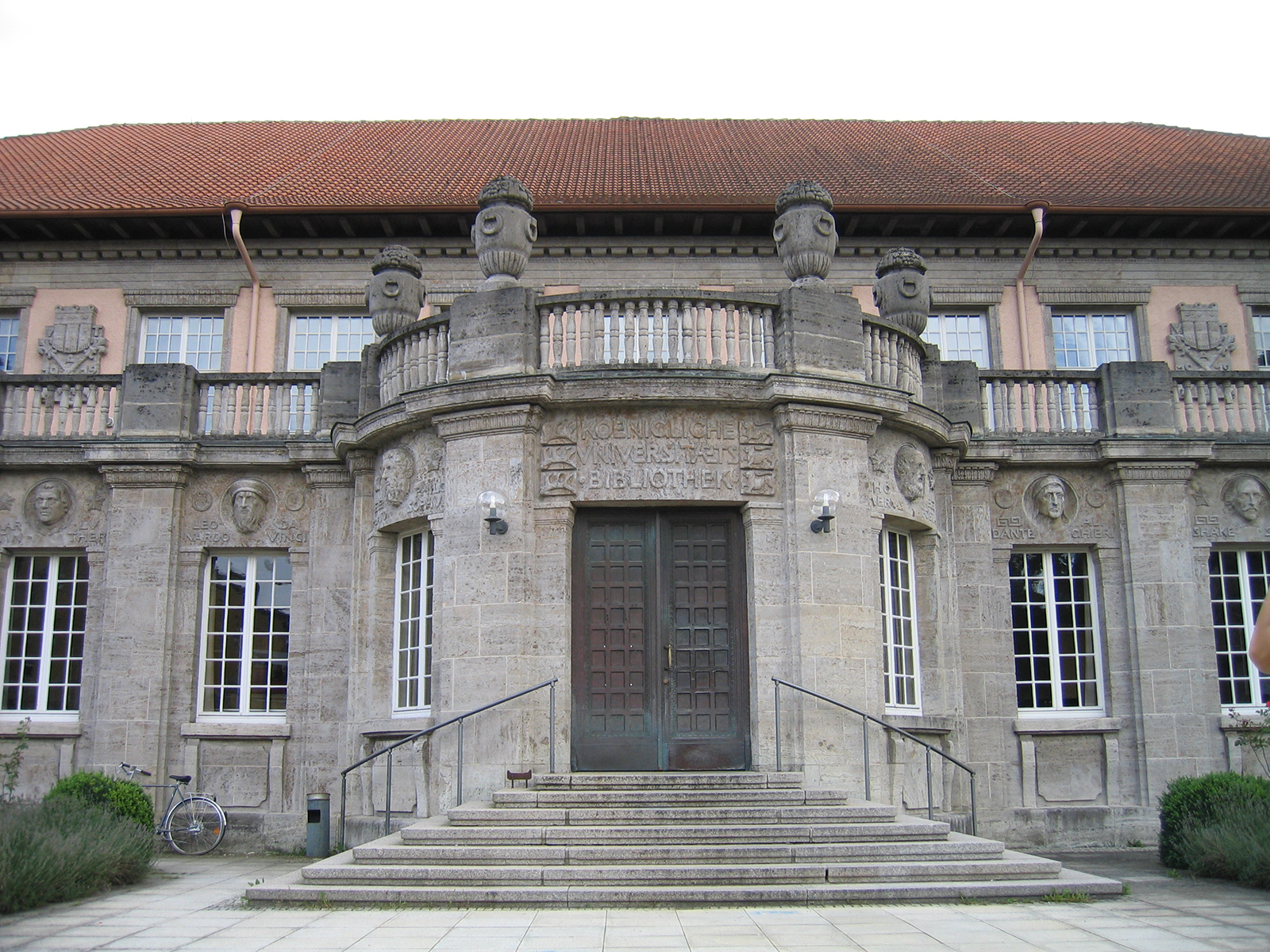University of Tübingen: Migraine, a widespread disease: on the trail of the tsunami in the brain
Around one in ten in Germany is affected by it: migraines. A third of those affected also suffer from temporary neurological symptoms. With them, for example, a flicker in front of the eyes precedes the headache, the so-called migraine aura. A typical activity pattern can be observed in the brain during the auras: after a strong wave of excitation has drawn across the cerebral cortex like a tsunami, there is great silence. A research team from Tübingen and Munich led by Professor Tobias Freilinger has now tracked down one of the underlying mechanisms in the animal model. In so-called migraine mice, which simulate the disease in humans, a certain type of nerve cell is overactive, the team reports in its current publication inJournal of Clinical Investigation . The study was funded by the German Research Foundation (DFG) and the Federal Ministry of Education and Research (BMBF).
“We can examine the neural correspondence of the migraine auras in these animals: a violent wave of activity followed by a period of rest,” says neurologist and co-study director Professor Tobias Freilinger from the Hertie Institute for Clinical Brain Research in Tübingen. Like patients with a certain hereditary form of migraine, these migraine mice have a genetic defect. The fault in the genetic material leads to certain membrane pores – so-called sodium channels – becoming more permeable. The researchers now observed in the mice that nerve cells became excessively active as a result. “Not all neurons, however, only those that inhibit the activity of so-called pyramidal cells,” reports Freilinger. “A surprise for us: Up until now, pyramidal cells were mainly suspected of being the trigger for migraine auras,”
The abnormal brain activity in the mice improved when the scientists administered a substance that blocks the excessive sodium channel activity. “This gives us a starting point for the drug treatment of patients – at least for this particular form of migraine,” concludes the Tübingen scientist and co-first author Dr. Ulrike Hedrich-Klimosch.
Migraines can have many triggers. Hereditary factors often play a role. The examined sub-form is very rare worldwide. Auras can occur in various forms of migraine and affect almost a third of all patients. They precede the headache and typically last between 15 and 30 minutes. Mostly it is visual disturbances, such as a flicker in front of the eyes that slowly wanders through the field of vision. However, auras can also show up as other temporary neurological symptoms. “Our findings help to decipher the general trigger mechanism of migraine auras,” explains Dr. Eva Auffenberg, one of the study’s lead authors.
The study is the result of a translational collaboration between Professors Tobias Freilinger and Holger Lerche at the Hertie Institute for Clinical Brain Research (HIH) and the University of Tübingen, as well as Martin Dichgans and Nikolaus Plesnila at the Institute for Stroke and Dementia Research (ISD), Clinic of the University of Munich , developed. The working group of Professor Michael Pusch (Biophysics Institute, National Research Council, Genoa, Italy) was also involved. First authors of the study with equal rights are Dr. Eva Auffenberg (ISD, University of Munich and HIH, University of Tübingen), Dr. Ulrike Hedrich-Klimosch (HIH and University of Tübingen), Dr. Raffaela Barbieri (Biophysics Institute, National Research Council, Genoa, Italy) and Daniela Miely (HIH and University of Tübingen).

